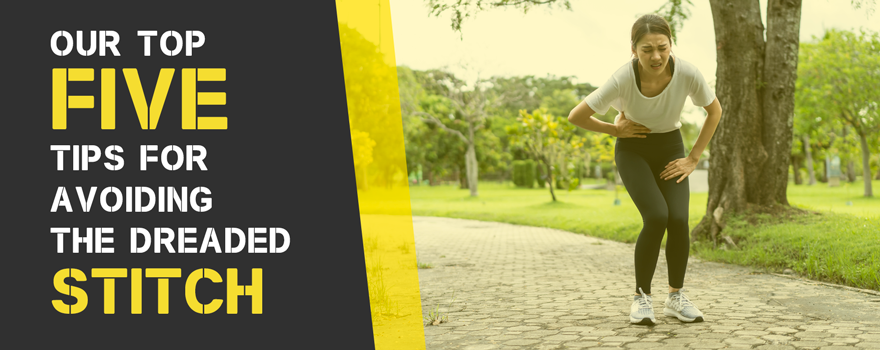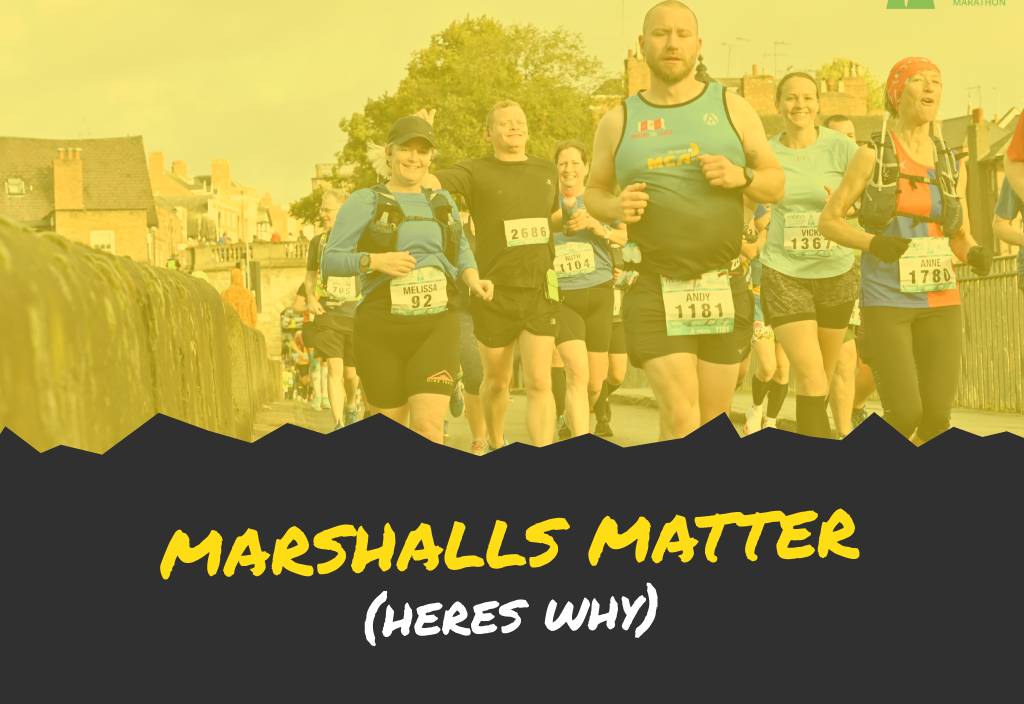
What is a stitch? Stitches are sharp, stabbing abdominal pains that may cause you to stop or slow down. This is more common in distance running and may also result in pains in the neck or shoulder. Why do we sometimes get stitches when running? And, more importantly, what can be done to prevent them from happening in the first place?
There are two theories about the causes of running stitches. The blood pumping to the legs during exercise causes pressure on the diaphragm. This is theory A, Theory B says that the stitch occurs when your body is trying to digest while exercising.
A stitch is annoying in either case. Here are the top five tips to prevent stitching while running.
You can get rock hard abs! You Should At The Very Least Strengthen Your Abs
A strong core can do more than prevent stitches. It will improve your posture and form when you are doing duathlons or Triathlons. A strong core will also help you avoid getting a stitch by protecting your internal organs. It can also give you greater control of your pace. If you are prone to getting a stitch while running, you may want to incorporate some Core Exercises in your training routine. These exercises are worth it and will help you prepare for the next race or training run.
The No-No for Massive Meals before an Event
Theory B says that digestion is a major factor in whether or not we experience a stitch. It is important to maintain a healthy diet when you are running. Experts say that while it is important to fuel up for your run before heading out, you should avoid eating too much food just prior to your trip, especially if the meal contains a lot of fat or fibre. This will take longer to digest. The digestive system is complicated and no one size fits everyone. Try different things and see what you like. You can use gels, a pre-run snack, or even eat a small meal before your run.
How To Breathe Effectively
Running and the way you breathe are often linked. Theory A says that the diaphragm is responsible for all of this. It is believed that chest-based shallow breathing does not provide enough oxygen to the muscles. How can this information help? If you concentrate on your breathing quality from the start of your run, you can prevent stitches. It is important to breathe deeply and through the nose, and not from the chest. Try to control your breathing by thinking of it as a fluid movement.
Warm-ups Reduce the Risk
As breathing can be linked with a stitch, you should prepare your body to perform the activity. You will find your breathing uncontrolled and erratic if you jump from standing to sprinting immediately without warming up. You may also experience difficulty breathing or discomfort if it is cold. Warming up your body helps prepare it for physical activity and increases your heart rate slowly, which regulates your breathing.
Keep Your Fluid Intake High
It has been reported that fruit juice can cause stitches. Sugar is leaving the body. While you may want to avoid sugary beverages and fruit juices, staying hydrated is important when you’re running. Dehydration can cause a stitch. Drinking sports drinks or water while you run may help prevent this. It’s important to know that while water is essential, too much of it can cause stomach discomfort due to the excess water. It’s best to drink little by little before your run.Get your next event booked in. Book a Duathlon Event near you today.







